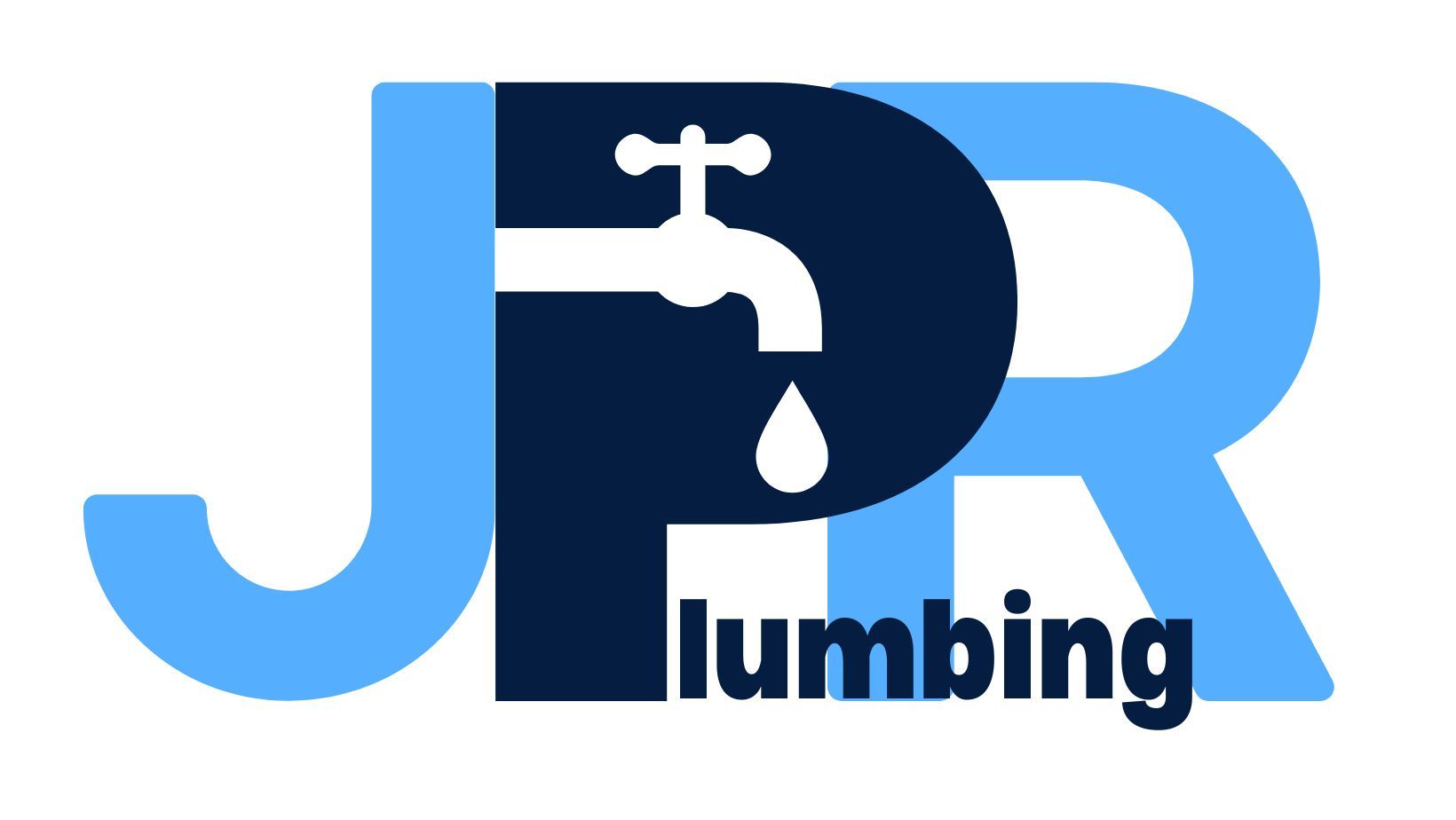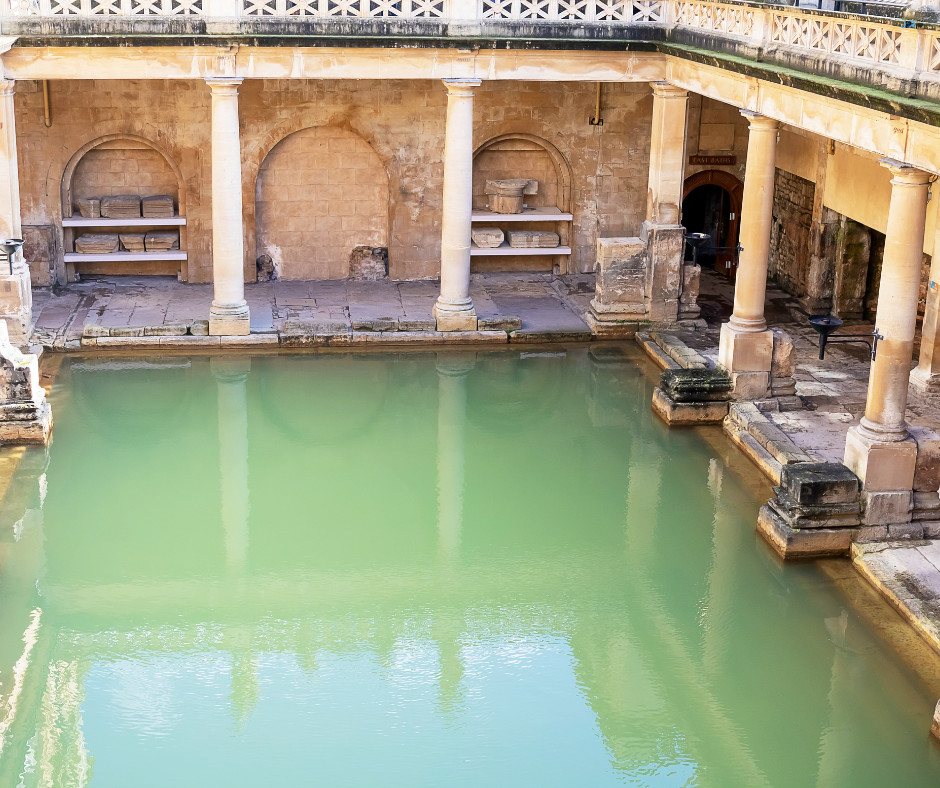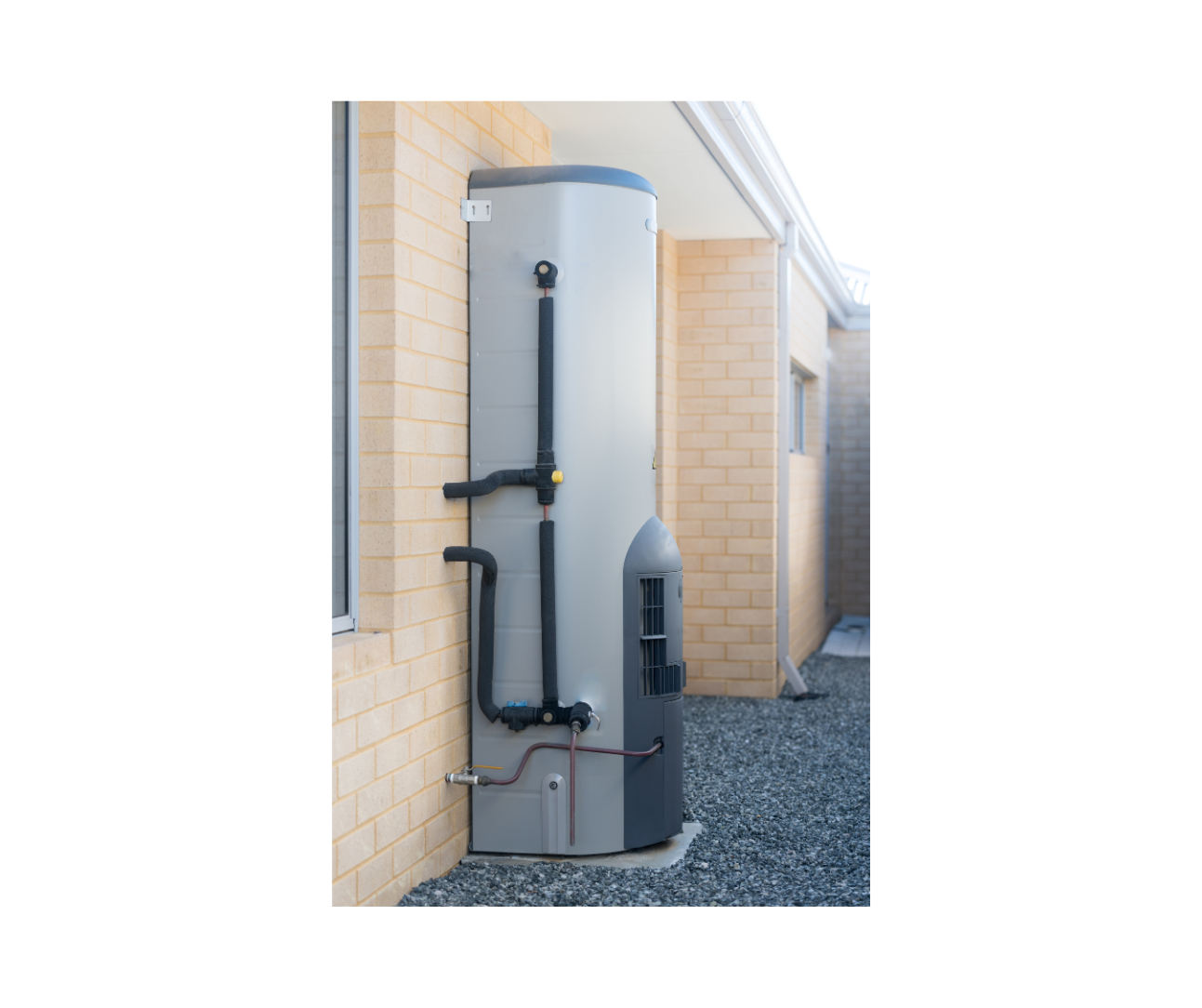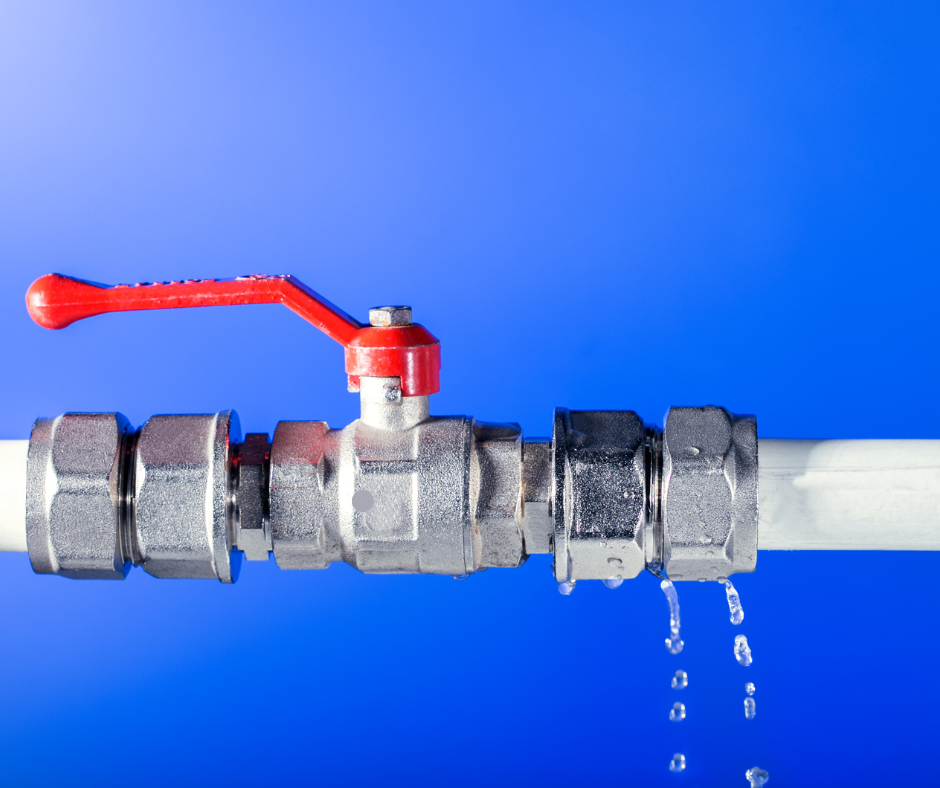The Art of Plumbing as Recorded Through History
JPR Plumbing • 18 June 2024
From Ancient Aqueducts to Modern Marvels
The Art of Plumbing: A Journey Through History
Plumbing, an essential part of modern living, has a rich and varied history that dates back to ancient civilisations. This indispensable craft, often taken for granted today, has evolved over millennia, reflecting the ingenuity and adaptability of human societies. From primitive systems to sophisticated infrastructure, the story of plumbing is a testament to human innovation and resilience.
Ancient Beginnings
The origins of plumbing can be traced back to ancient civilisations such as the Egyptians, Greeks, and Romans. In ancient Egypt, around 2500 BCE, copper pipes were used to build sophisticated systems for irrigation and bathing. The Great Bath at Mohenjo-Daro, built around 3000 BCE in the Indus Valley, is another early example of advanced water management.
The Greeks also made significant contributions, particularly with their development of aqueducts and sewer systems. However, it was the Romans who truly revolutionised plumbing with their extensive aqueduct networks, public baths, and advanced sewer systems like the Cloaca Maxima, which is still in use today. Roman plumbing systems were designed not only for functionality but also for public health, demonstrating an early understanding of hygiene and sanitation.
The Middle Ages
Following the fall of the Roman Empire, much of Europe regressed in terms of public health infrastructure, including plumbing. The knowledge and skills required to maintain sophisticated plumbing systems were lost, leading to unsanitary conditions that contributed to the spread of diseases such as the Black Death.
However, some progress was made during the Middle Ages. Monasteries and castles often had rudimentary plumbing systems, including early forms of flushing toilets and simple drainage systems. The use of lead pipes, although detrimental to health, was prevalent during this period.
Renaissance to the Industrial Revolution
The Renaissance period brought renewed interest in science and engineering, which led to significant advancements in plumbing. Leonardo da Vinci’s sketches reveal intricate designs for water pumps and other hydraulic machines. The 16th century saw the introduction of the flush toilet, invented by Sir John Harington, a godson of Queen Elizabeth I.
The Industrial Revolution marked a turning point in the history of plumbing. Urbanisation and the rapid growth of cities necessitated the development of more efficient water and sewage systems. Innovations such as cast iron pipes, steam-powered pumps, and municipal water supplies became standard. The introduction of indoor plumbing during the 19th century dramatically improved living conditions and public health.
Modern Plumbing
The 20th century witnessed the transformation of plumbing into the sophisticated system we rely on today. Advances in materials, such as the use of copper and PVC pipes, improved durability and safety. The development of water treatment plants and waste disposal systems further enhanced public health.
In the modern era, plumbing has become increasingly eco-friendly. Water-saving technologies, such as low-flow toilets and showerheads, help conserve water. Innovations in greywater recycling and rainwater harvesting reflect a growing awareness of environmental sustainability.
The Future of Plumbing
Looking ahead, the future of plumbing will likely be shaped by smart technology and sustainable practices. Smart plumbing systems, equipped with sensors and automation, can detect leaks, monitor water usage, and optimise efficiency. Advances in materials science may lead to the development of pipes that are even more durable and resistant to corrosion.
Additionally, as the global population continues to grow, there will be an increasing need for innovative solutions to water scarcity and waste management. The integration of plumbing with renewable energy sources and the implementation of circular economy principles will play a crucial role in addressing these challenges.
Conclusion
The art of plumbing is a reflection of human ingenuity and our ongoing quest for better living conditions. From ancient aqueducts to modern smart systems, plumbing has evolved significantly, improving public health and quality of life. As we look to the future, continued innovation and a commitment to sustainability will ensure that plumbing remains a vital and dynamic field.





